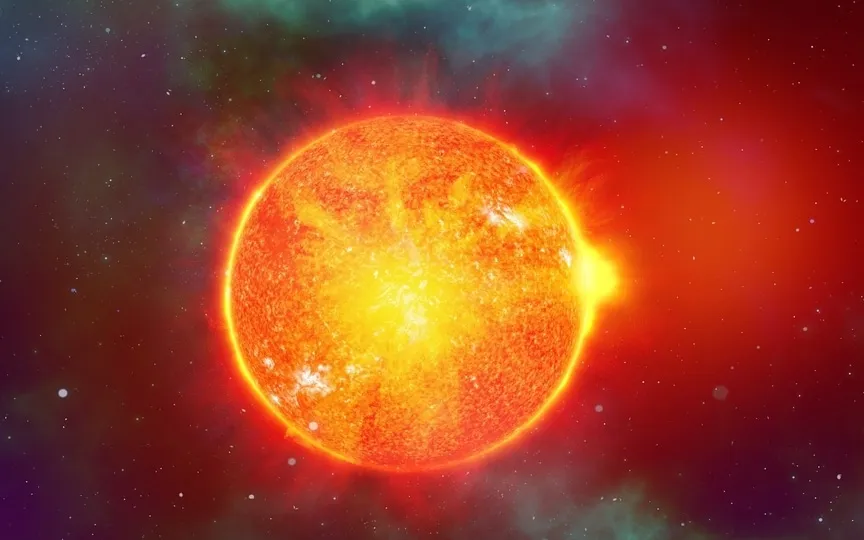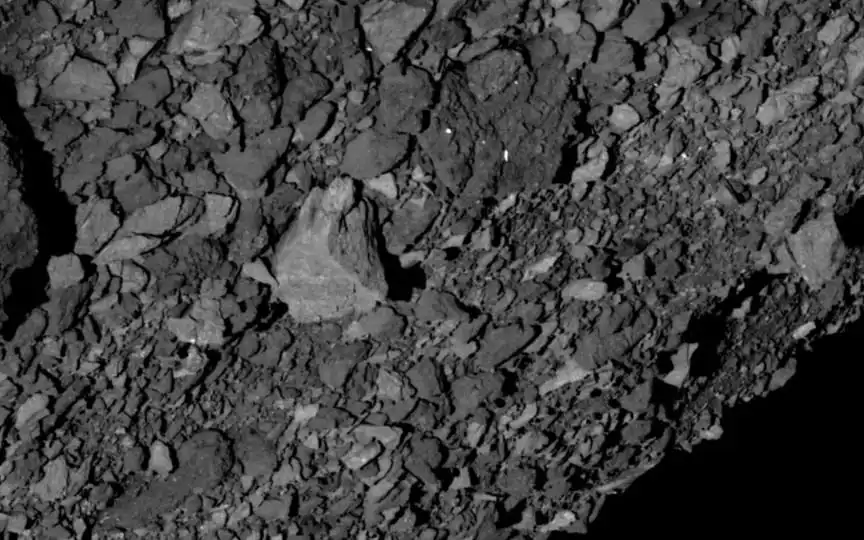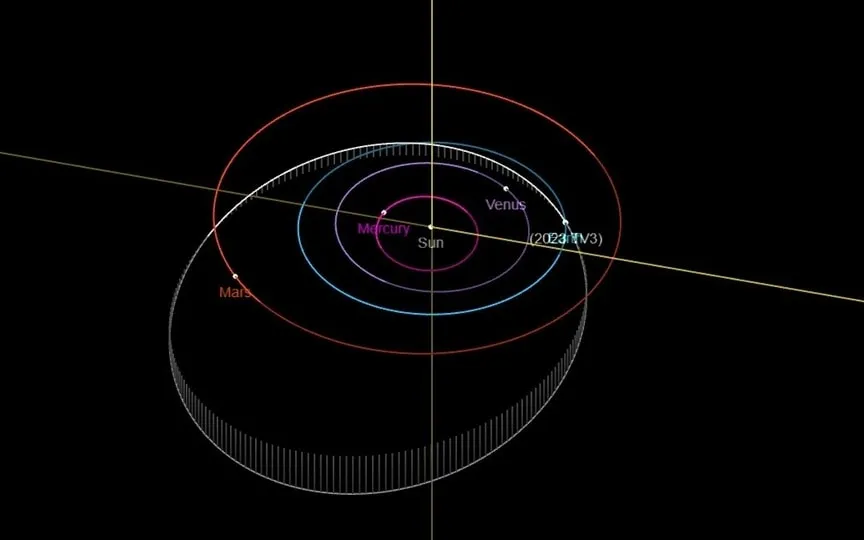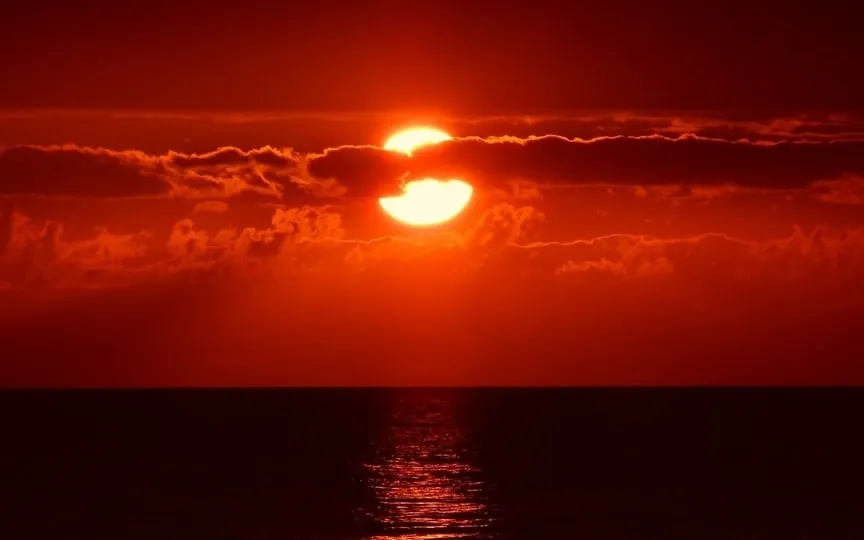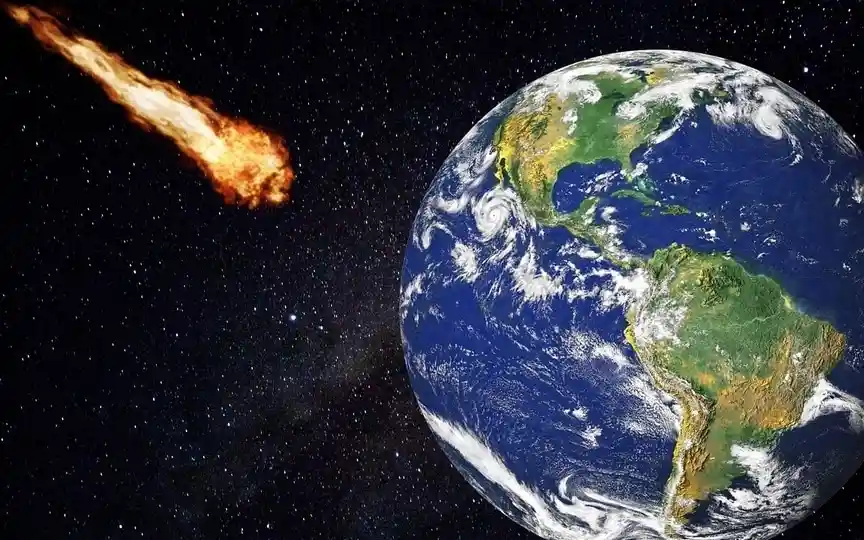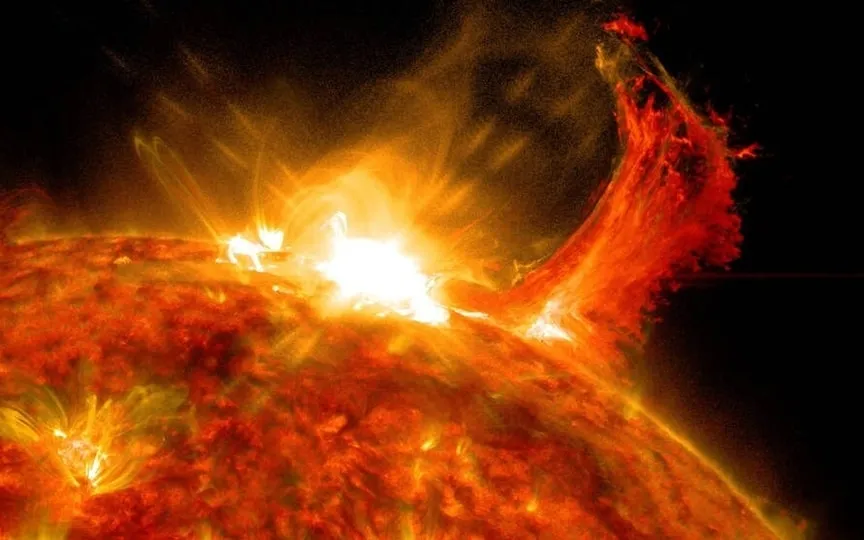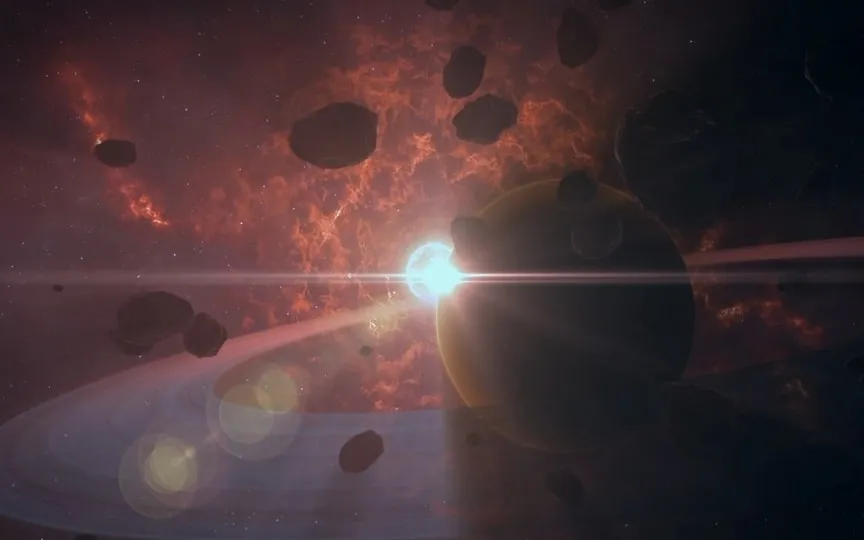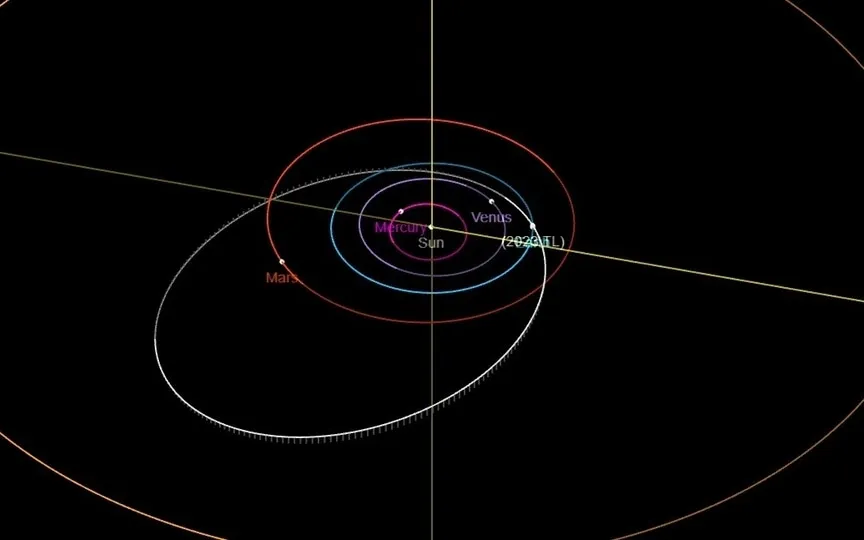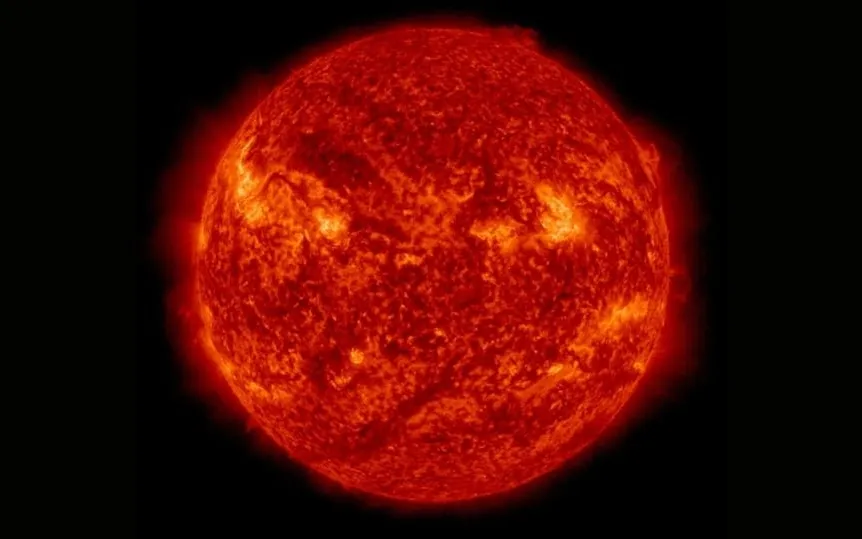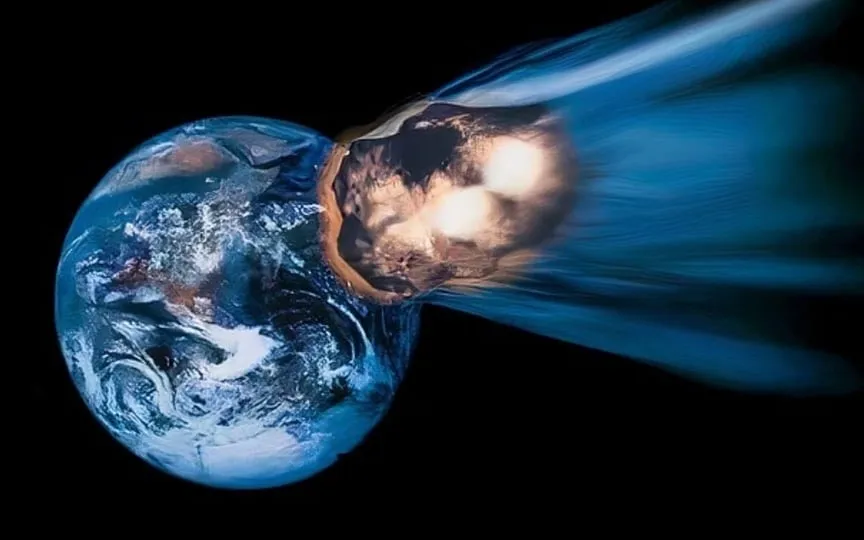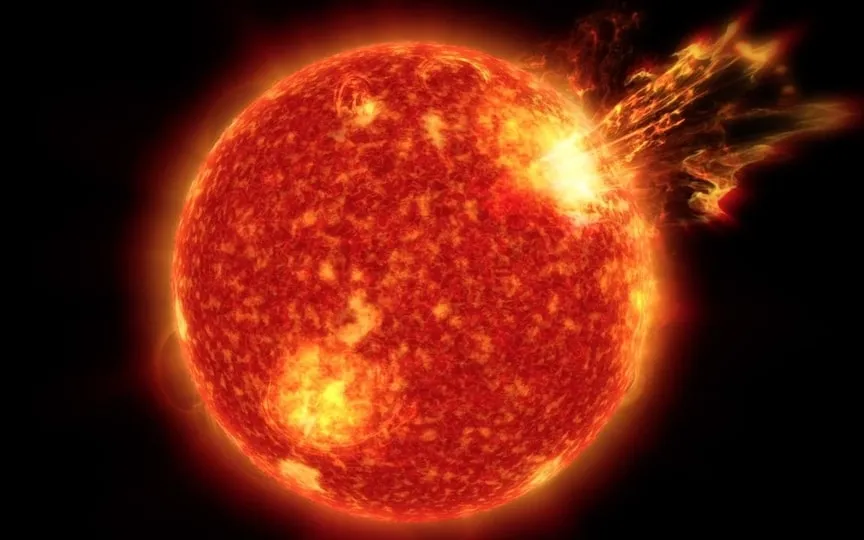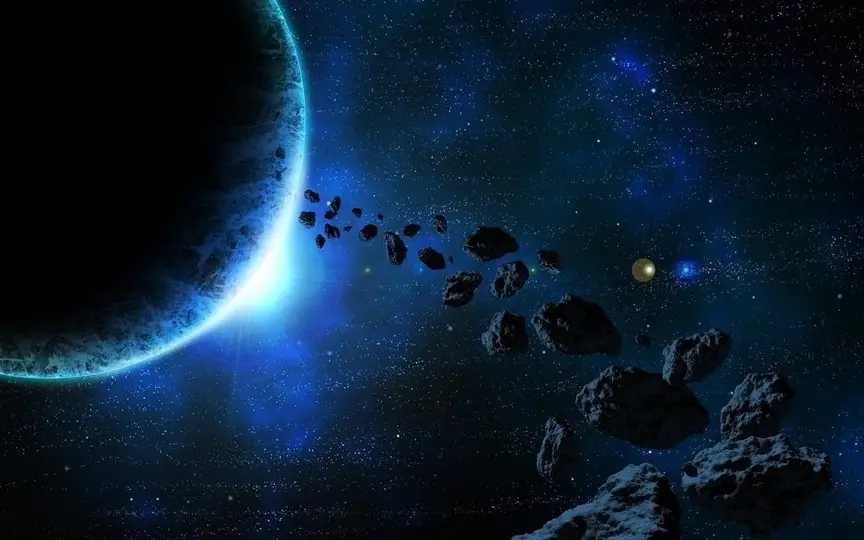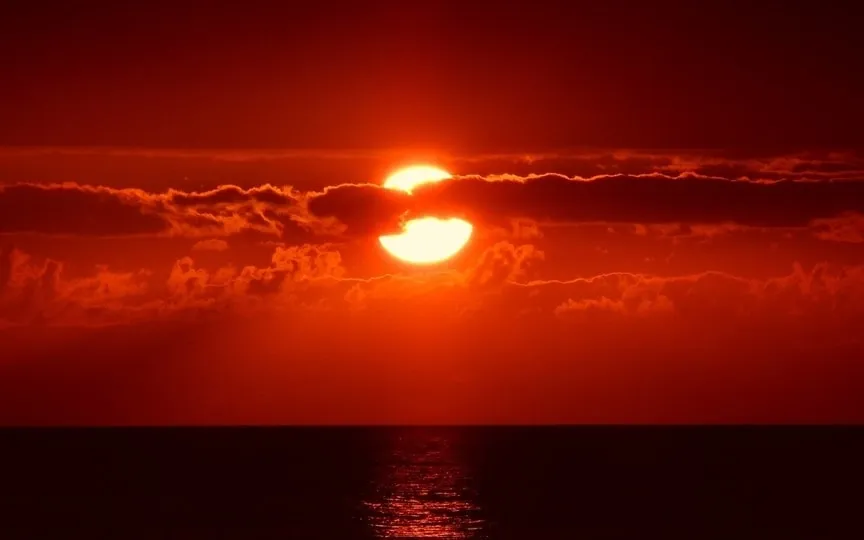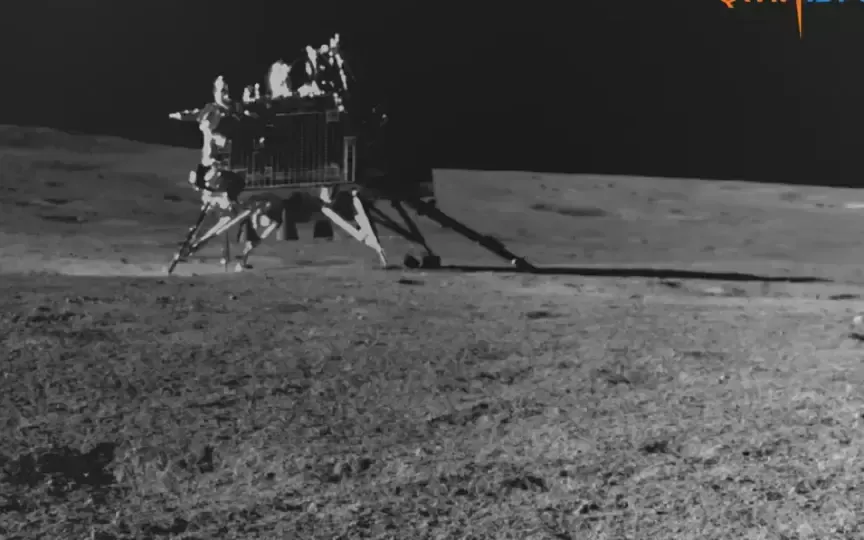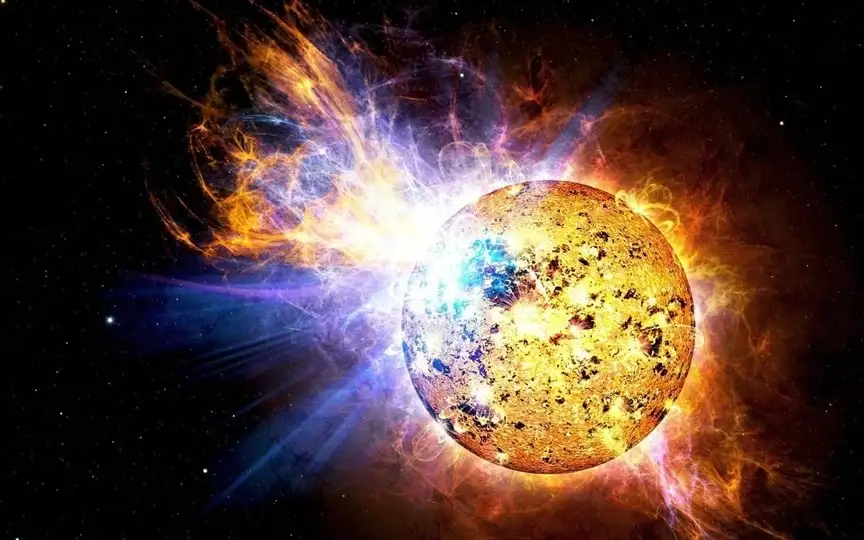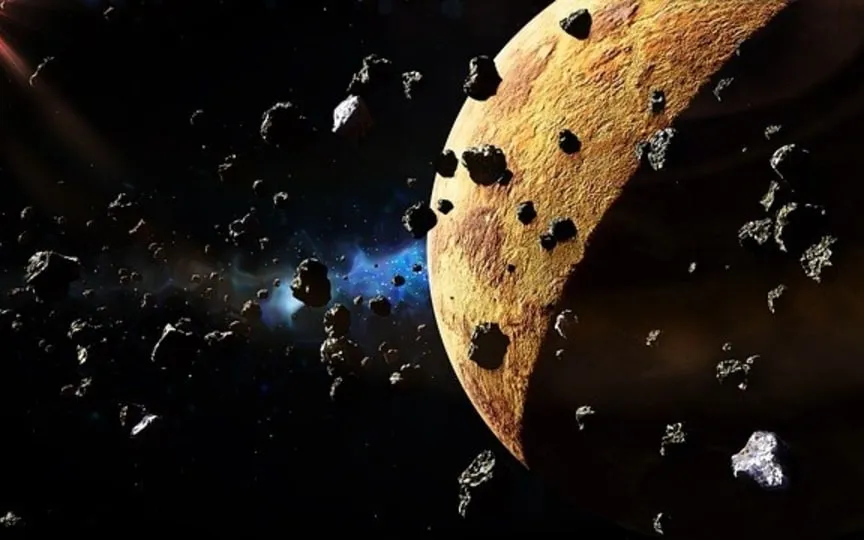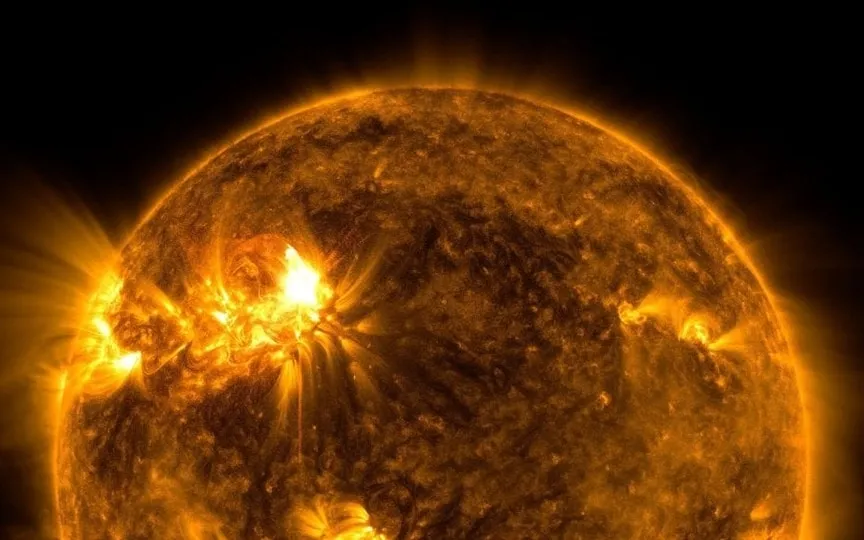Solar Storm Alert: CIR Headed for Earth TODAY – Here’s What You Need to Know
In recent weeks, the Earth has experienced various effects caused by solar activities on the Sun, such as solar flare eruptions and resulting radio blackouts. However, there have been no solar storm events thus far. This is expected to change today, October 12, as the National Oceanic and Atmospheric Administration (NOAA) has predicted that our planet will be affected by a co-rotating interaction region (CIR), which has the potential to trigger a solar storm. Learn about the potential consequences of this solar storm and the reasons behind occurrences like CIR.…
Read More
